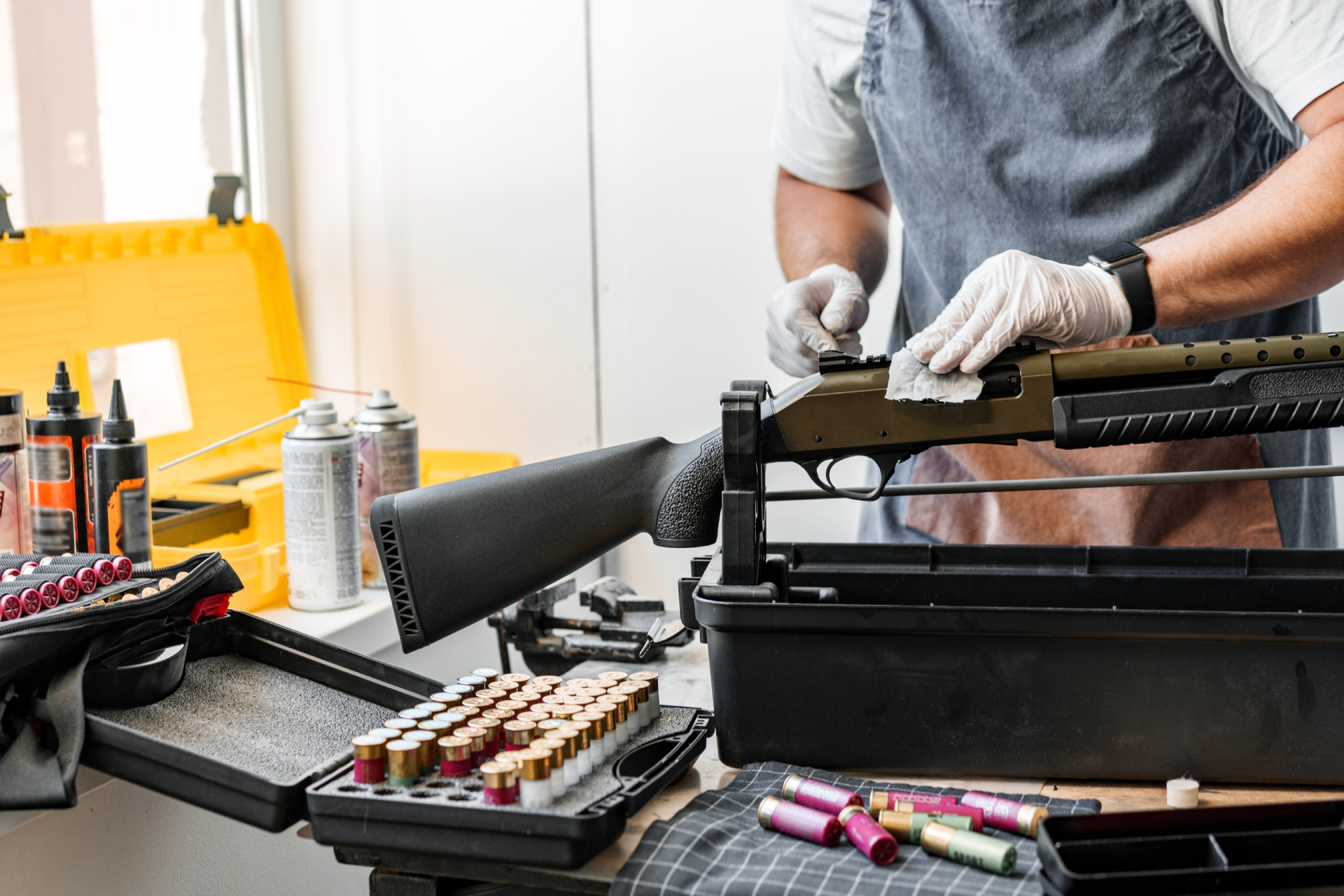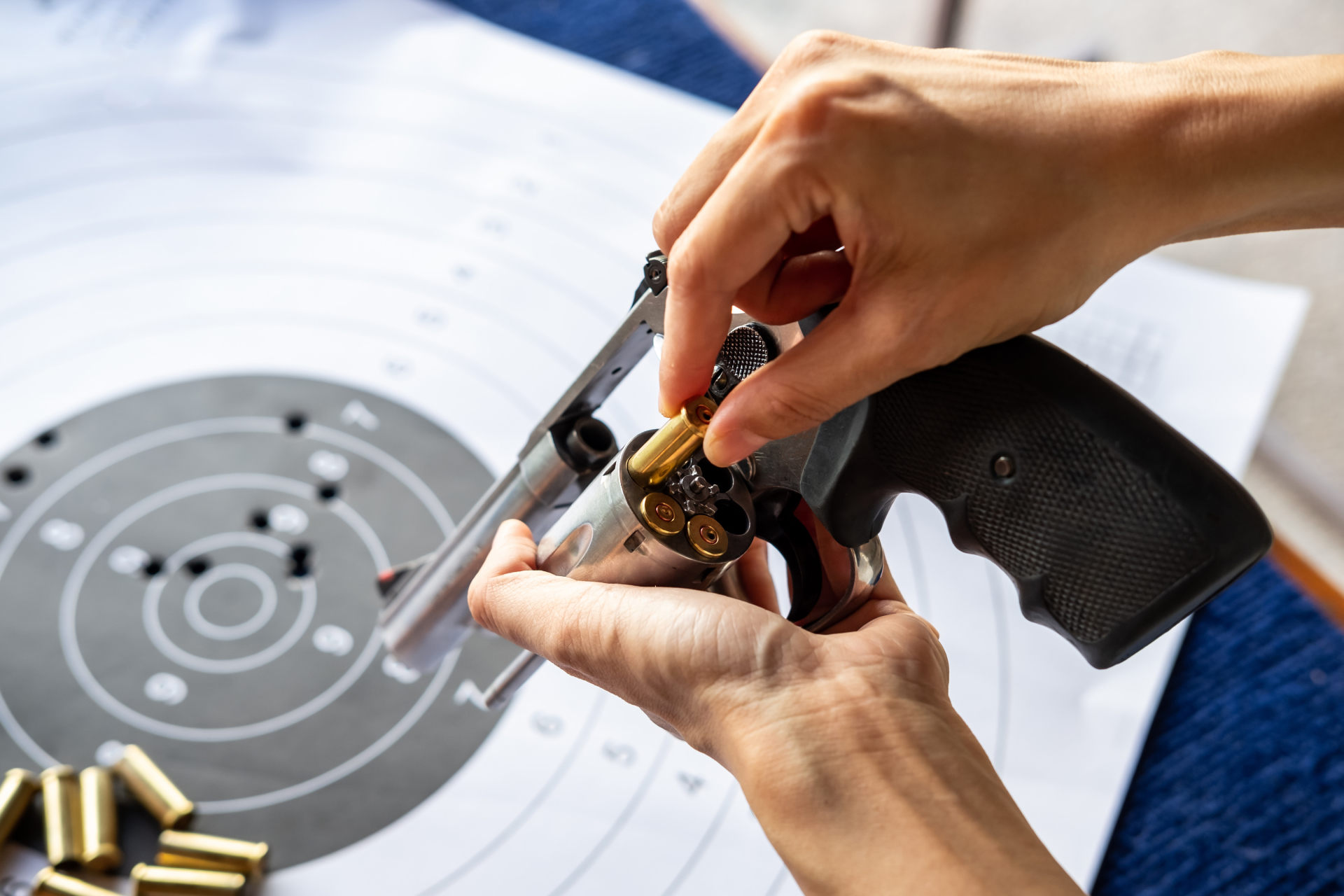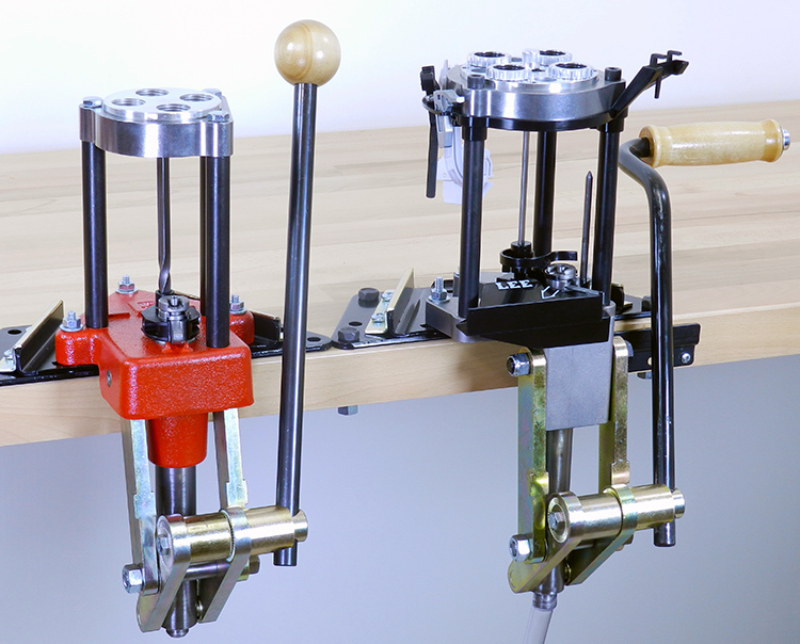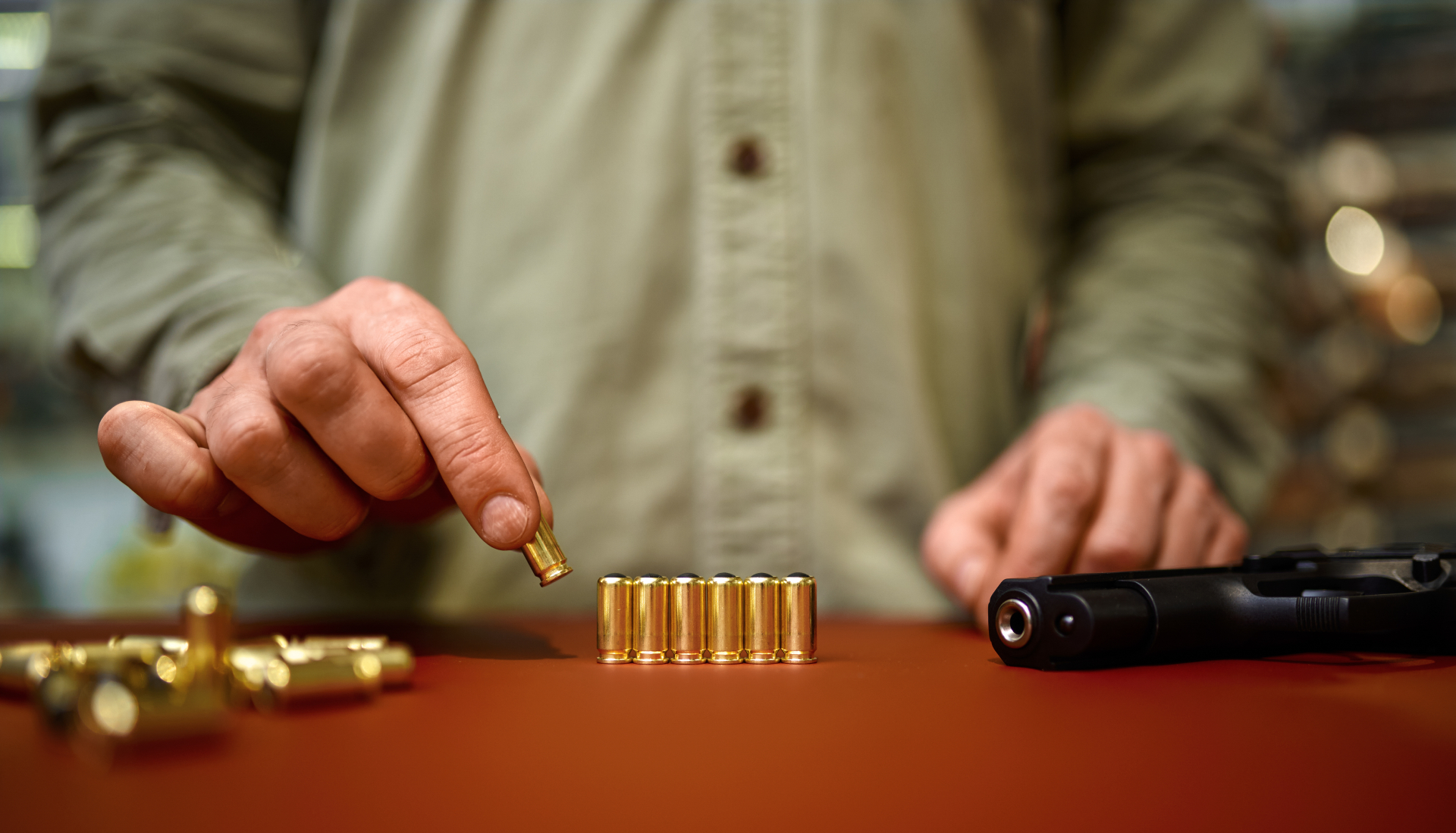
Every reloader knows that precision is everything. A few thousandths of an inch can mean the difference between a perfect shot and a dangerous malfunction. One of the most important concepts to understand when handloading ammunition is headspace. It is a topic often mentioned in manuals but rarely explained in a way that makes practical sense.
This guide breaks down what headspace is, how it works in different firearms, and why proper measurement is essential for both accuracy and safety.
What Is Headspace?
Headspace is the distance between the part of the chamber that stops the cartridge and the face of the bolt when the action is closed. In simpler terms, it defines how much room a cartridge has to fit inside the chamber before the bolt locks into place.
Every caliber is designed with a specific headspace dimension. When that distance is too short or too long, pressure inside the chamber can become unsafe. Maintaining the correct headspace ensures the cartridge seats properly and the firearm functions as intended.
Why Headspace Exists
Each type of cartridge and firearm design manages headspace differently. The dimension is determined by where the cartridge case makes contact with the chamber.
- Bottleneck rifle cartridges headspace on the shoulder.
- Straight-wall pistol cartridges usually headspace on the case mouth.
- Rimmed cartridges like .38 Special headspace on the rim itself.
- Belted magnums use the belt near the case head as the headspacing surface.
Manufacturers cut chambers and bolts to precise tolerances so ammunition fits securely, fires reliably, and allows the case to expand and contract safely under pressure.
The Dangers of Incorrect Headspace
Incorrect headspace can cause several serious problems, from poor accuracy to catastrophic failure. Understanding both extremes helps reloaders spot potential issues before they become dangerous.
Excessive Headspace
When headspace is too long, the cartridge has extra room to move forward before the firing pin strikes. This can lead to:
- Case stretching and thinning near the base
- Split or separated cases
- Gas leakage or primer blowouts
- In extreme cases, chamber damage or injury
Insufficient Headspace
If headspace is too short, the bolt may not close fully or the cartridge may be jammed into the chamber. This can create dangerously high pressures when fired and can also cause bolt-lock issues or extraction failures.
Both conditions are unsafe and must be corrected before firing.
How to Measure Headspace
Measuring headspace precisely is one of the most valuable habits a reloader can develop. Titan Reloading offers several tools that make this easy, even for beginners.
1. GO and NO-GO Gauges
A GO gauge ensures the chamber is long enough for safe function, while a NO-GO gauge checks that it is not too long. If a firearm closes on the GO but not on the NO-GO, headspace is within safe limits.
2. Case Gauges for Reloaders
Case gauges verify that resized brass matches safe chamber dimensions. Drop your reloaded case into the gauge; it should sit flush at both the base and shoulder indicators. If it sits high or low, adjust your sizing die until the case head matches the proper depth.
3. Comparator Tools
For precision shooters, comparators measure shoulder position from fired brass to resized brass. This lets you “bump” the shoulder back just enough to ensure reliable chambering while keeping case life long and pressures consistent.
How Headspace Relates to Sizing Dies
Improper die adjustment is one of the main causes of headspace issues during reloading. When you resize brass, you are setting the case shoulder’s position. If you push the shoulder back too far, you create excess headspace.
To set your die correctly:
- Start by resizing a fired case lightly.
- Try to chamber it in your firearm.
- If it feels tight, lower the die slightly and try again.
- Continue until the bolt closes smoothly but without play.
Once dialed in, lock the die ring in place. This process ensures your brass fits the chamber of your specific firearm, not just a theoretical standard.
How Headspace Affects Accuracy and Case Life
Consistent headspace improves accuracy by creating uniform pressure and ignition. When each cartridge fits the same way in the chamber, bullet release and pressure curves stay predictable.
Properly sized brass also lasts longer. Every firing and resizing cycle stretches the case slightly.
By keeping shoulder setback minimal, you reduce the amount of brass that must be worked each time, preventing early case failure.
Safety Tips for Managing Headspace
- Always inspect fired brass for bright rings or cracks near the base. These can indicate excess headspace.
- Do not mix brass from different rifles unless it has been resized to match your chamber.
- Replace gauges and tools periodically to ensure accuracy.
- When in doubt, recheck die setup before reloading a new batch.
- Follow load data from reputable manuals to avoid overpressure situations.
Reload Safely and Effectively with Titan Reloading
Mastering headspace is one of the most important steps in becoming a confident and responsible reloader. It affects everything, from how smoothly a round chambers, to how consistently it fires, to how long your brass lasts. But above all, proper headspace is a foundational element of reloading safety. When you understand how your cartridge interacts with your chamber, you eliminate guesswork and take control of the variables that matter most.
Whether you’re tuning precision rifle loads or producing reliable ammunition in volume, the ability to measure, set, and maintain correct headspace ensures your firearm operates as it was designed and your brass remains structurally sound through multiple reload cycles. Consistent headspace also gives you more predictable ignition, improved shot-to-shot uniformity, and better results on target.
At Titan Reloading, we are committed to helping reloaders at every skill level work with confidence. Our selection of high-quality headspace gauges, precision case measuring tools, comparators, and sizing dies gives you everything you need to set up your ammunition safely and accurately. Each tool is designed to help you verify your dimensions, fine-tune your die adjustments, and maintain the consistency that both accuracy and safety depend on.
When you equip your reloading bench with dependable tools and industry-proven measurement systems, you reduce the risk of dangerous pressure issues, prevent premature case failures, and extend the life of both your brass and your equipment. Titan Reloading is here to support that process with reliable products, educational resources, and a dedication to quality that reloaders have trusted for years.
Reload smarter. Reload safer. Reload with precision.
Explore TitanReloading.com today for the tools and equipment you need to keep every round consistent, controlled, and safe from the very first resizing pass to the final shot on target.









